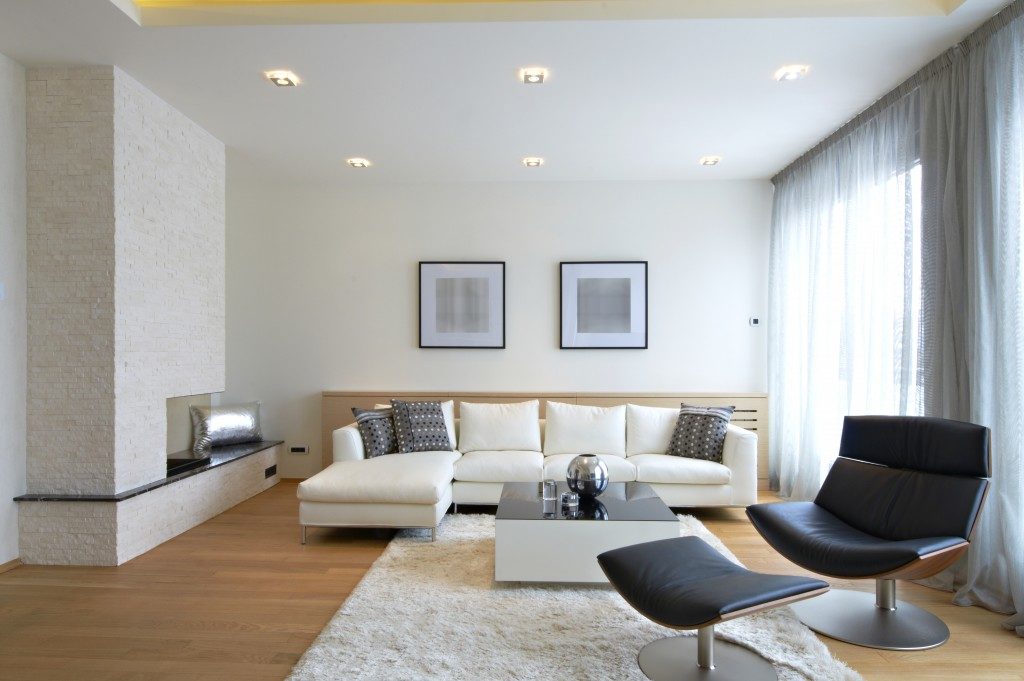Furnishing the space is the most exciting part of a home construction or remodeling project. While most of us wish we could hire an experienced professional to take care of our interior design needs, our finances or budget don’t always give us that option. Either that or you’re hoping to practice your own creativity and become a pro interior designer yourself.
Designing your dream space takes attention to detail, so it’s important to plan it out thoroughly rather than just visualize it. You need to consider several factors to ensure that all design elements will come together, and will result in a fresh, cohesive, and beautiful space.
That said, here are some designer-approved tips on styling your pad like a pro:
1. Identify Your Aesthetic
To start off, identify your aesthetic to find out which interior design style suit it best. Make a mood board on Pinterest or in any other site with a vast collection of home design photos. The design style you’ll tend to gravitate towards the most will be your aesthetic.
If your tastes are diverse, however, choosing a particular style may be tricky for you, so take your pick from these four main styles:
- Casual – If you like your space to feel warm, inviting, and homely, casual styles like rustic will achieve that best.
- Formal – If you’re thinking of luxe furniture and decor, an elegant atmosphere, and symmetrical details, formal styles attain just those.
- Contemporary – Contemporary combines multiple styles to make a space that’s adaptable to current trends. It usually consists of a neutral color palette, subtle sophistication, and geometric details.
- Traditional – Traditional isn’t necessarily dated. You can always make it catch up with the trends by incorporating modern elements into the space.
2. Take Inspiration From Various Styles
Once you’ve identified your aesthetic from the four main styles, choose a specific style that fits your choice. If you’re drawn to trendy, contemporary styles, consider Scandinavian, eclectic, or modern. If casual styles charm you more, try French Country, Tuscan, Swedish, or Paris Apartment.
3. Decide on a Color Palette
If you choose to combine dark and light colors, design your palette vertically, using the darker hues on the floor, and going lighter on the higher areas. This is a fail-safe color palette arrangement, as it depicts the natural environment, with the dark colors being the ground, and the lighter ones being the trees and the sky.
Referring to the color wheel also helps, particularly if you wish to go by the books. The color wheel tells you exactly what colors match well, and the feelings they evoke. For example, blue promotes relaxation, making it an ideal choice for bedrooms.
4. Incorporate Texture

A nice color palette alone won’t complete the design of your space. You need to incorporate texture, as it adds dimension and keeps your space from looking flat.
Texture can be added through drapery, rattan furniture, silky cushions, woven decor pieces, and faux fur throws, to name a few. You’ll surely notice how much your space becomes more cozy and inviting after adding in textures.
5. Add a Big Statement Furniture or Decor
Every room needs a focal point, which a big statement furniture or decor can serve. It’s the room’s main attraction or feature, so the eye has to be drawn to that area. Hence, avoid using same-sized pieces in a room, because it will result in a cluttered look that will confuse the eye. Instead, mix various styles and sizes. For example, assign the sofa to be the largest furniture, and match that with accent chairs of a different style. That way, you’ll always notice your sofa first, before your gaze travels to the other elements in the room.
After accomplishing these important design steps, you may add adornments such as greenery, flowers, arts, and your personal collections. Assess your progress by taking photos to know whether improvements or toning down is needed. But remember to focus on having fun, not on the “rules”.
